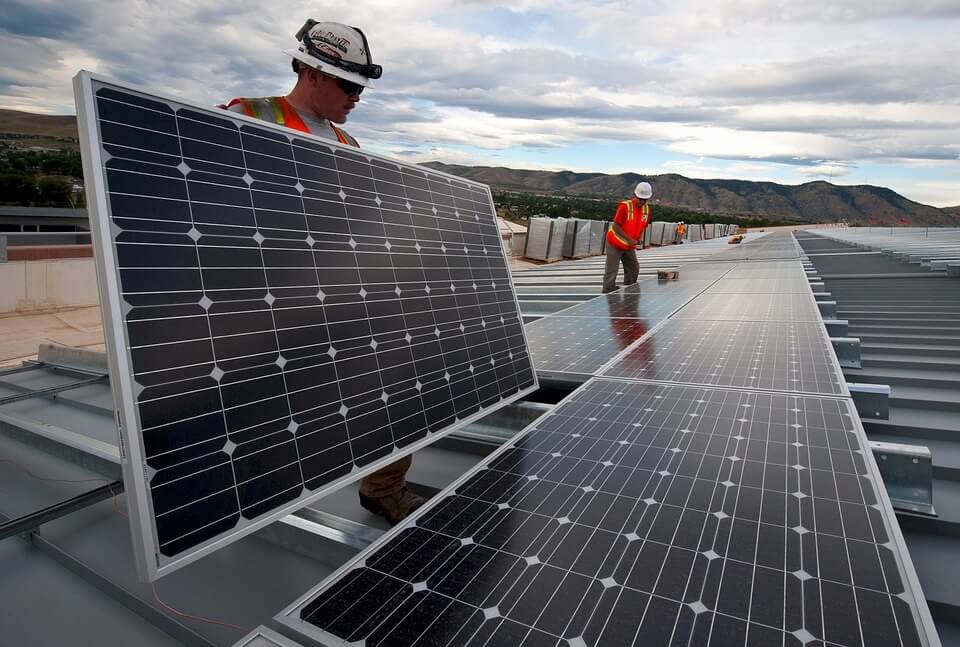News broke at the end of July that American Electric Power Co. (AEP) scuttled plans to develop an approximately $4.5 billion, 2 GW wind farm – called Wind Catcher – in the Oklahoma panhandle that would have served customers in Arkansas, Louisiana, Oklahoma and Texas. The decision was reportedly based, at least in part, on a vote by the Public Utility Commission of Texas to deny regulatory approval of the project. This meant that AEP’s route to regulatory approval may have required reworking the project to provide a greater benefit to ratepayers and going back to the Texas PUC for approval of the reworked project, all of which could have taken a significant amount of time. And time is something that AEP and, to an increasing extent, other wind and solar energy developers do not have.
The time crunch is the result of the “beginning of construction” rules under Sections 45 (PTC) and 48 (ITC) of the Internal Revenue Code of 1986, as amended, and Internal Revenue Service (the IRS) notices that provide guidance to taxpayers on the IRS’ interpretation of the beginning of construction rules.
In December 2015, Congress extended the PTC and ITC but also added phase-outs for wind and solar facilities. For wind, the PTC is reduced by 20% if construction begins in 2017, 40% if construction begins in 2018 and 60% if construction begins in 2019. A corresponding reduction of the ITC for wind facilities applies if the taxpayer claims the ITC in lieu of the PTC with respect to a wind facility.
For solar facilities, if construction begins any time before 2020, the ITC equals 30% of eligible costs. If construction begins in 2020, the ITC equals 26% of eligible costs, and if construction begins in 2021, the ITC equals 22% of eligible costs. If construction on an eligible solar facility begins in 2022 or later, the ITC drops to 10% of eligible costs. Solar facilities also have a statutory placed-in-service deadline.
For facilities with respect to which constructions begins before Jan. 1, 2022, if the facility is not placed in service before Jan. 1, 2024, the ITC is equal to 10% of eligible costs.
The IRS guidance provides that a taxpayer may begin construction by either (1) starting physical work of a significant nature (the physical work test) or (2) paying or incurring 5% or more of the total cost of a facility (the 5% safe harbor). The guidance also requires that, once construction begins, the taxpayer must maintain a continuous program of construction until the facility is complete, subject to a number of exceptions for delays that are beyond the taxpayer’s control. The IRS guidance provides for a safe harbor under which the continuous construction requirement is deemed satisfied with respect to a particular facility if the taxpayer places a facility in service during a calendar year that is no more than four calendar years after the calendar year during which construction began.
Although this safe harbor applies generally to both wind and solar facilities, the statutory placed-in-service deadline for solar facilities means that this four-year rule will not apply in some circumstances.
For example, if a taxpayer began construction on a wind facility in 2016, it must place the facility in service before the end of 2020 to take advantage of the continuous program of construction safe harbor and be eligible to claim 100% of the PTC. Based on the news coverage and AEP’s press releases describing its decision to abandon the Wind Catcher project, it is clear that AEP was attempting to complete Wind Catcher in this timeline; construction on the project had begun in 2016, and the safe harbor deadline for placing the project in service and claiming 100% of the PTC (without reduction for phase-outs) was the end of 2020.
With the Texas PUC’s rejection, the potential long wait to rework Wind Catcher to obtain regulatory approval, and the end-of-2020 looming deadline for the full PTC eligibility, the timing and economics simply did not work for AEP.
It remains to be seen whether other wind and solar developers will be required to scrap projects because of slow regulatory approval processes, but for wind developers especially – many of which are rushing to get projects placed in service by the end of 2020 – AEP’s decision surely hits close to home.
The issue for solar developers currently is less pressing, both because the phase-out for solar facilities does not kick in for more than a year and because solar projects generally require shorter lead time than large wind projects.
Nonetheless, wind and solar developers need to be mindful of these beginning of construction rules when planning regulatory and permitting approval, and how the shifting of risk may play out in project documents, including EPC agreements, power purchase agreements and tax equity arrangements.
Adam D. Schurle is an attorney with law firm Stoel Rives LLP, where he works with energy developers, owners and investors on wind, solar and other renewable energy projects, with a focus on energy financing transactions using federal tax credits. He can be reached at adam.schurle@stoel.com.
Kevin T. Pearson is a partner with Stoel Rives LLP, where he represents clients in renewable energy financing transactions, particularly those involving the federal production tax credit and the federal investment tax credit. He can be reached at kevin.pearson@stoel.com.




